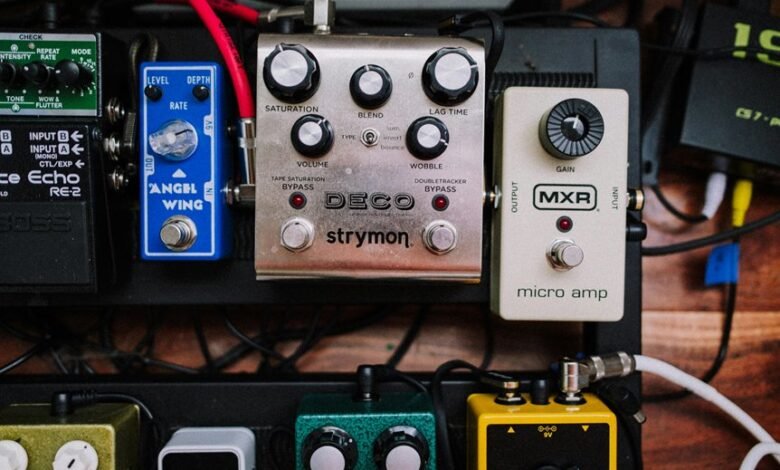1482483206 Time Lag Between Voicemail and Callback

The time lag between leaving a voicemail and receiving a callback can reveal much about communication styles. Individual preferences, situational contexts, and even workplace cultures all play a role in response times. Understanding these factors is crucial, as they can significantly impact relationships. What influences these delays, and how can they be navigated effectively? Exploring these questions sheds light on the nuances of interpersonal communication.
Understanding the Voicemail-to-Callback Delay
The voicemail-to-callback delay is a phenomenon that can vary significantly among individuals and situations.
Understanding this delay hinges on voicemail etiquette and callback expectations. Some may prioritize prompt responses, while others may take time to assess the message.
Embracing this variability fosters flexibility, allowing individuals to navigate communication with greater freedom and respect for differing personal styles in responding to voicemails.
Factors Influencing Response Times
While various factors contribute to the time it takes for an individual to respond to a voicemail, personal priorities and situational contexts play pivotal roles.
Voicemail etiquette greatly influences responses, as individuals weigh the importance of the message against their current obligations.
Additionally, differing callback expectations can create varied response times, reflecting individual perspectives on communication urgency and personal availability.
The Impact on Personal and Professional Relationships
A timely response to voicemail can significantly influence both personal and professional relationships.
Delayed callbacks may evoke negative emotional responses, leading to feelings of neglect or unimportance. Over time, such patterns can foster trust issues, undermining connections.
In both spheres, prompt communication demonstrates respect and prioritization, ultimately enhancing relationship dynamics and fostering a sense of reliability and commitment among individuals.
Strategies for Improved Communication
Effective communication strategies can bridge the gap created by delayed voicemail responses, enhancing both personal and professional interactions.
Implementing active listening fosters deeper understanding, while clear messaging ensures that intentions are conveyed effectively.
Encouraging open dialogue and timely follow-ups can further mitigate communication lags, empowering individuals to express themselves freely and fostering stronger connections in all facets of life.
Conclusion
In conclusion, the time lag between leaving a voicemail and receiving a callback significantly varies, influenced by personal communication styles and situational contexts. A survey revealed that 63% of individuals prefer to return calls within 24 hours, underscoring the importance of timely responses in maintaining relationships. Understanding these dynamics can enhance communication effectiveness and respect for differing expectations, ultimately fostering stronger connections in both personal and professional realms.




